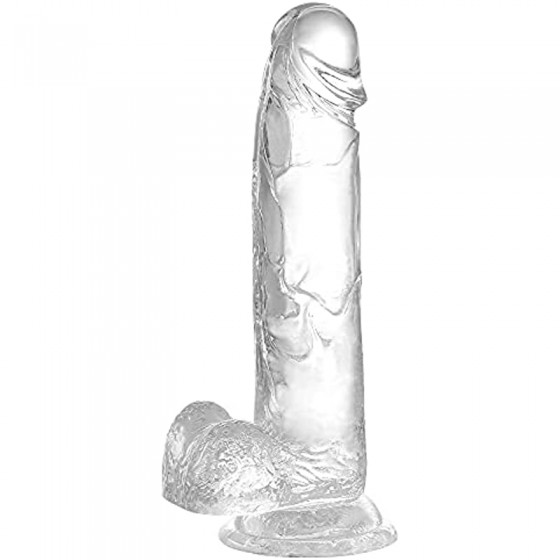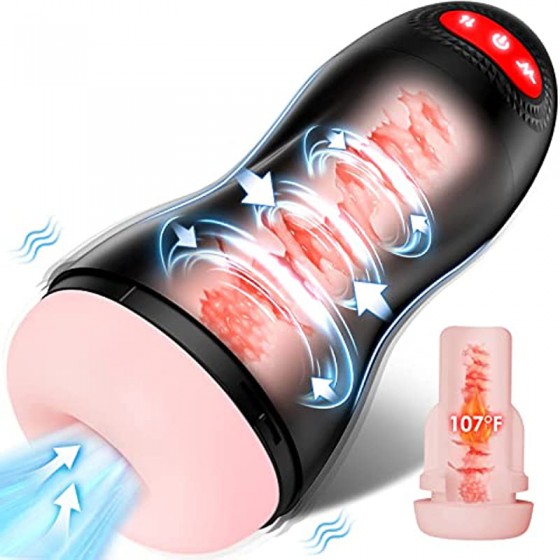Why do women look miserable when they are in a married life?
Many people may notice in their married life that women will have painful expressions when they reach orgasm. At this time, they get great physical pleasure, but why do they seem to be in pain?
Why do women look painful when they are living as a couple?
Why do couples have the same facial expressions when they experience orgasm and pain? This is because the parts of the brain and spinal cord that control orgasm and pain overlap, and this tight connection inevitably has some interesting consequences.
It turns out that the parts of the female brain and spinal cord that control orgasm and pain overlap with each other. That is to say, orgasm and pain share the same facial expressions. Researchers speculate that the nerves that transmit pain and pleasure are closely parallel in the spinal cord and brainstem, so they can evoke the same facial expression. After that, the brain distinguishes the two feelings and transmits them to different parts.
This connection has also had some positive effects. For example, when women reach orgasm, their sensitivity to pain is reduced by half compared to normal.
For example, on the positive side, when women climax with vaginal self-stimulation, their sensitivity to pain will be half as much as when they are normal (at rest).
In some cases, when medication fails to relieve pain, surgery may be needed to cut off certain spinal nerve pathways to achieve pain relief, which also blocks the possibility of orgasm. Sometimes the effectiveness of surgery is temporary, and after 6 months, the pain returns, but the ability to orgasm is restored. At least two areas of the brain (the insula cortex and the anterior cingulate cortex) are consistently active during orgasm and pain. This leads to an interesting but as yet unanswered question: How does the brain accurately differentiate between pain and orgasmic pleasure? How do neurons differ in producing the sensation of pain and the pleasure caused by orgasm?
Do these two areas of the brain have some properties in common for pain and orgasm? This allows expressions of emotion of the same intensity (shown by the expressive muscles of the face) to be differentiated into different feelings of pain and orgasm.
It is likely that the neural pathways that transmit pain and pleasure are closely parallel in the spinal cord and brainstem, so they can both cause the same response in the facial expression muscles, and then be transferred somewhere in the brain. The two sensations are distinguished and transmitted to the cortex sensitive to pain and to the cortex sensitive to pleasure respectively. In this way, sensory activity regardless of stimulation from the genitals or other areas will cause the same changes in facial expression before the brain finally distinguishes them.



















